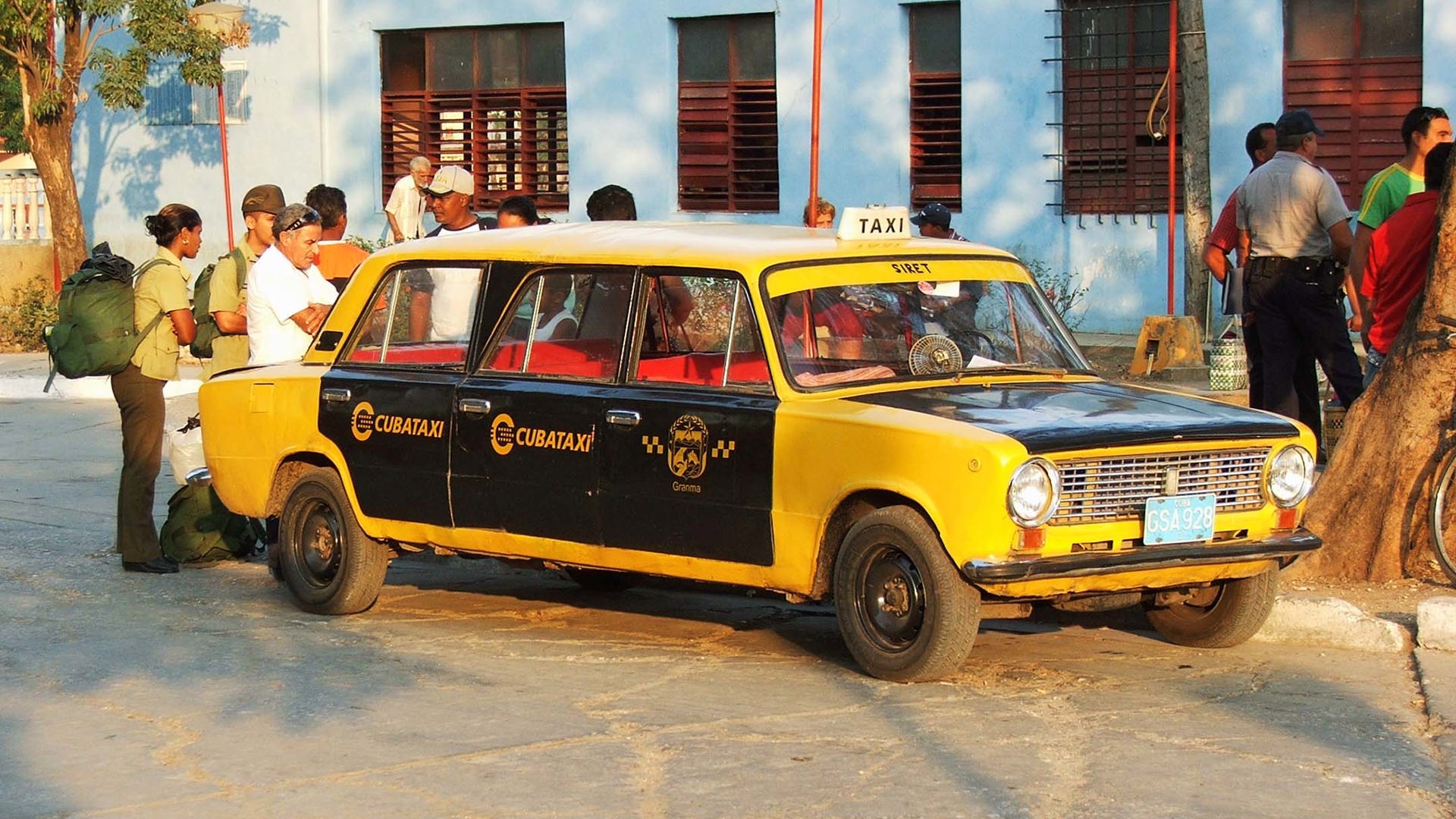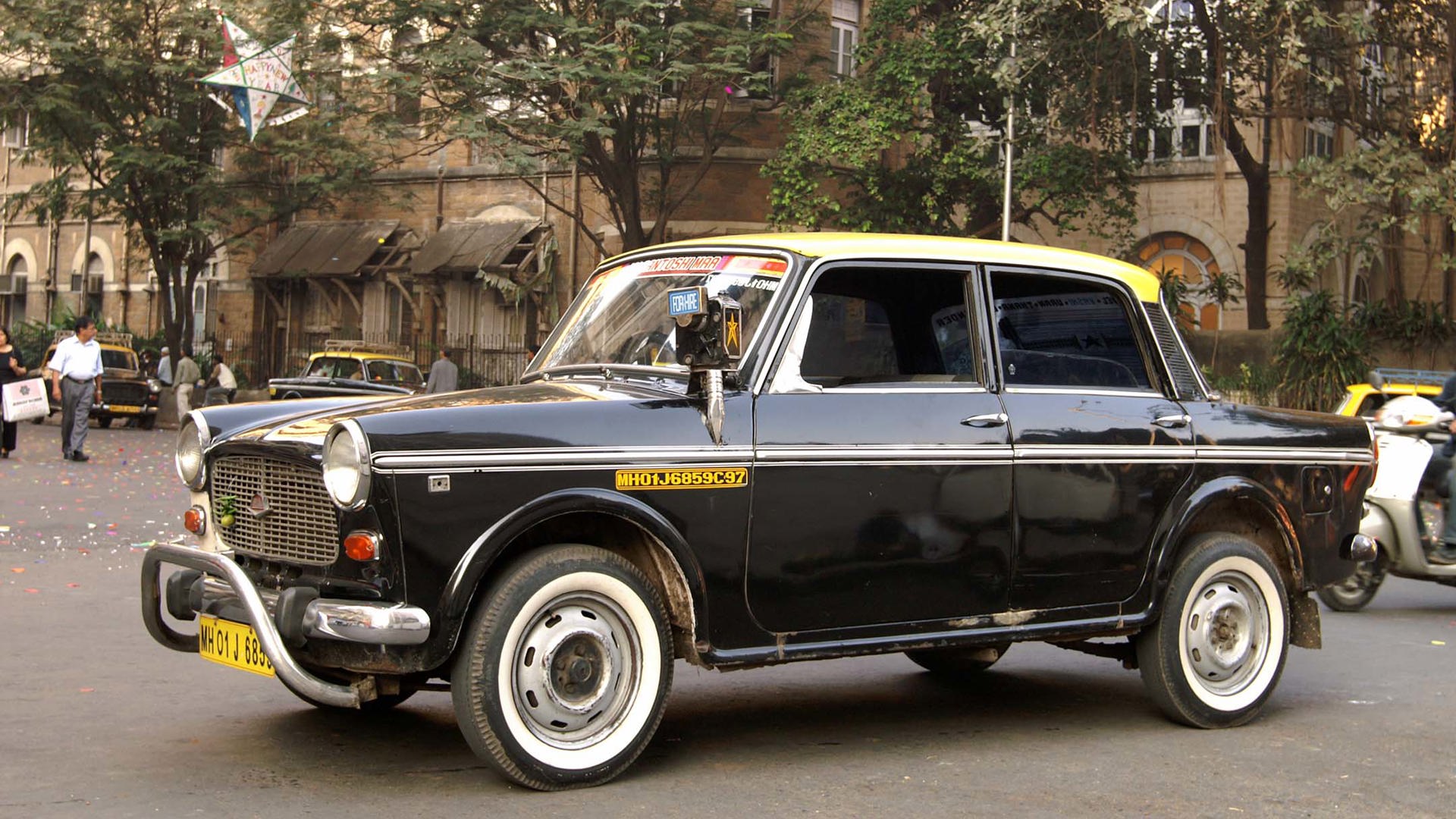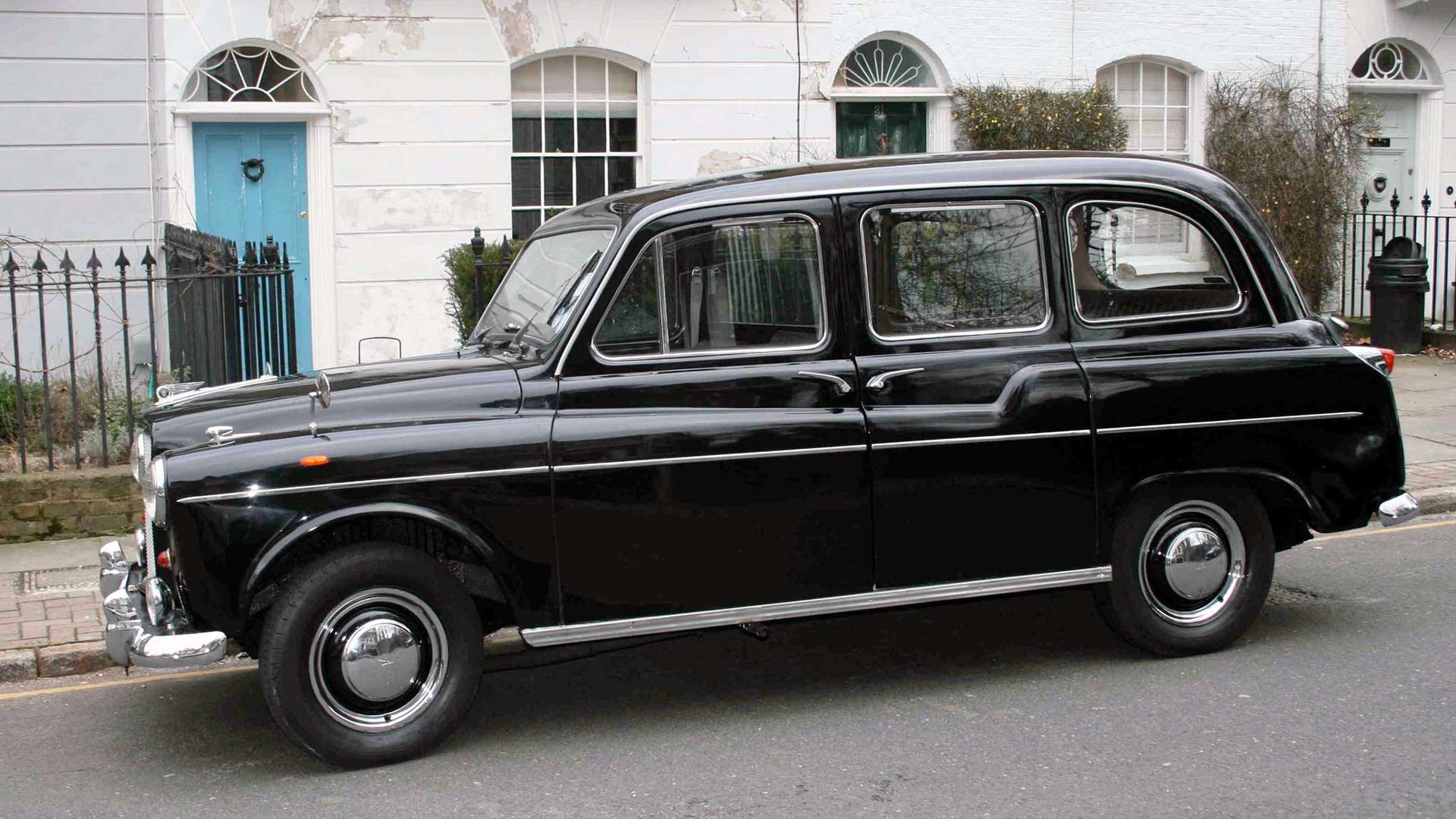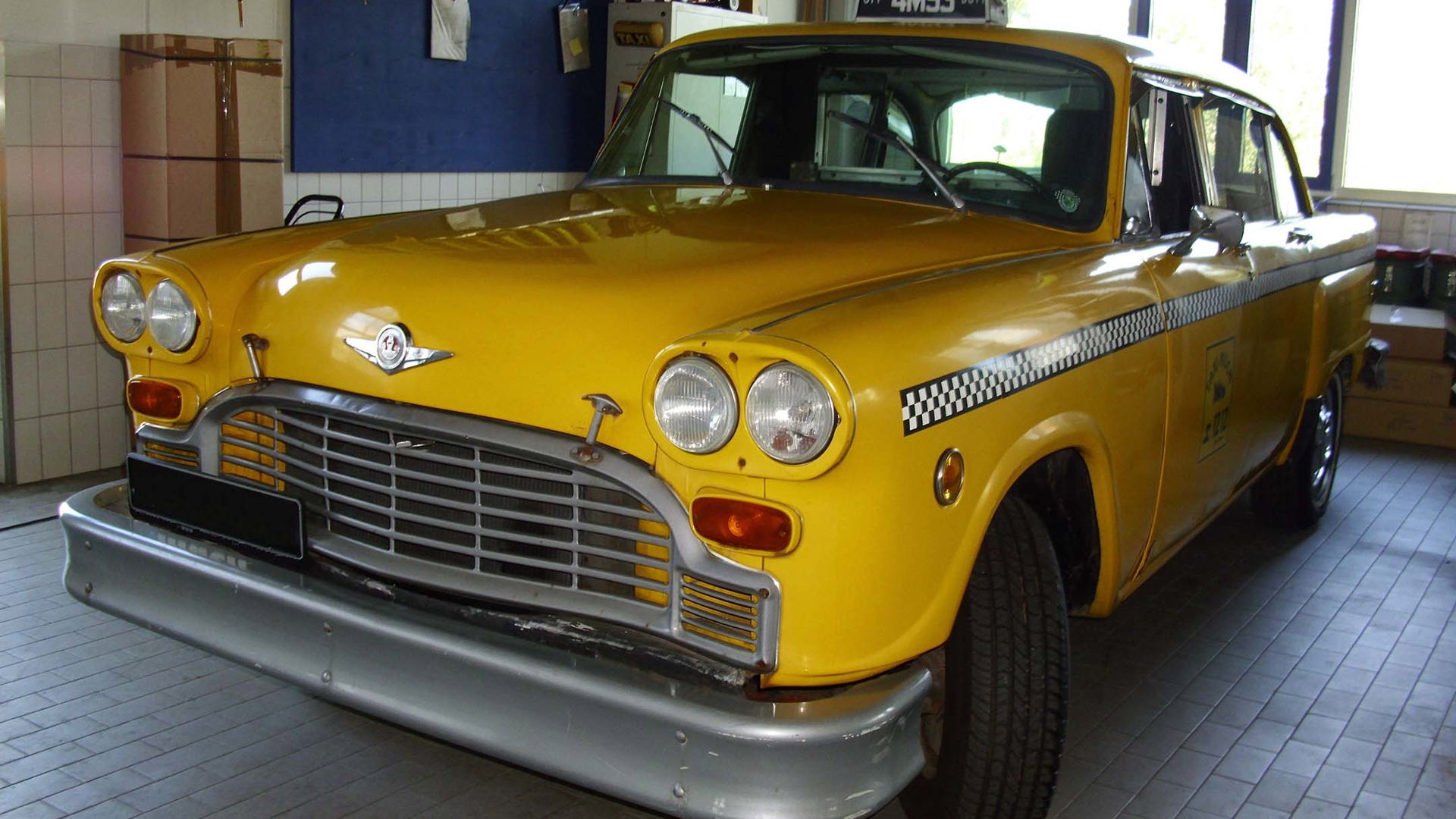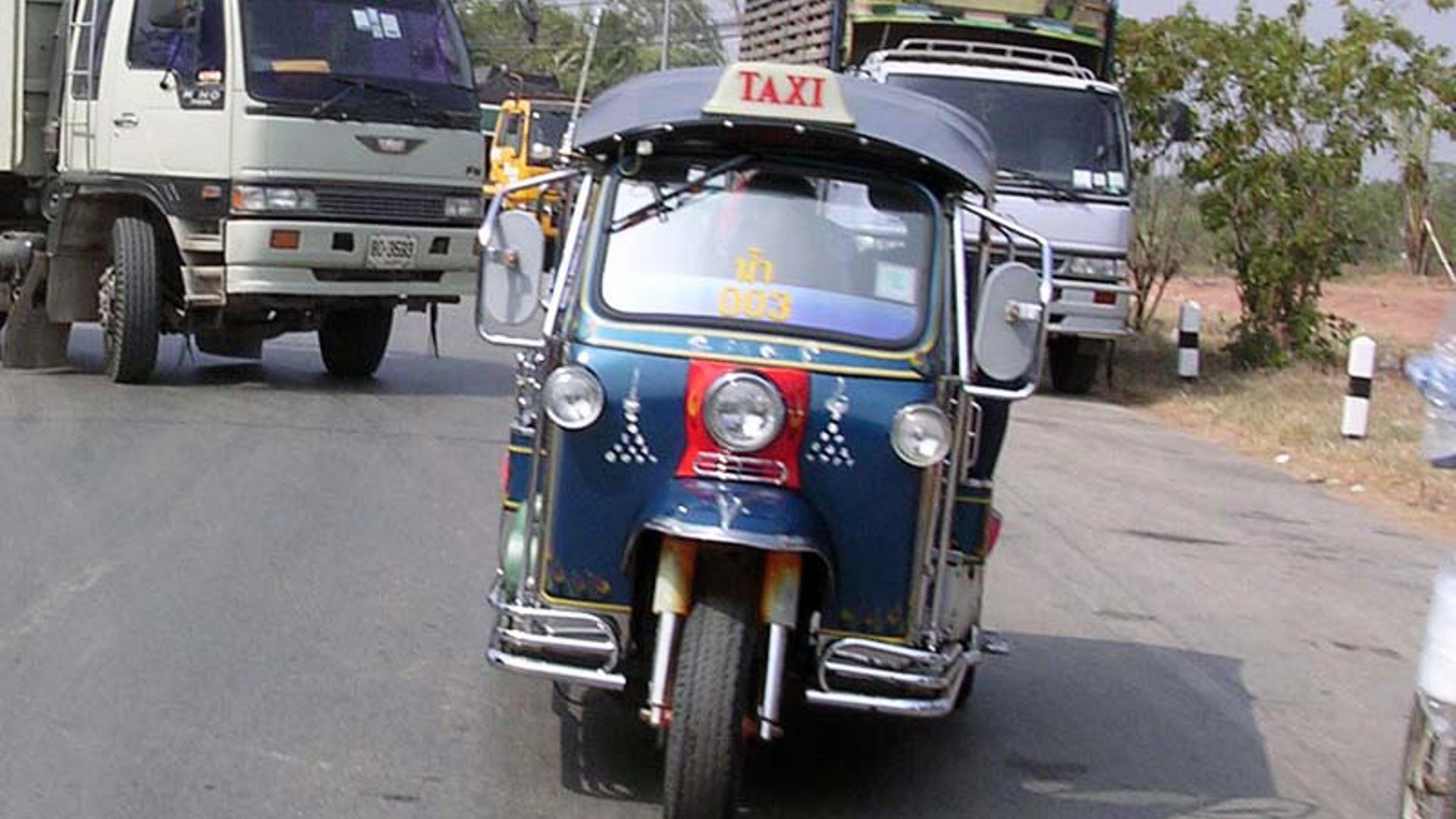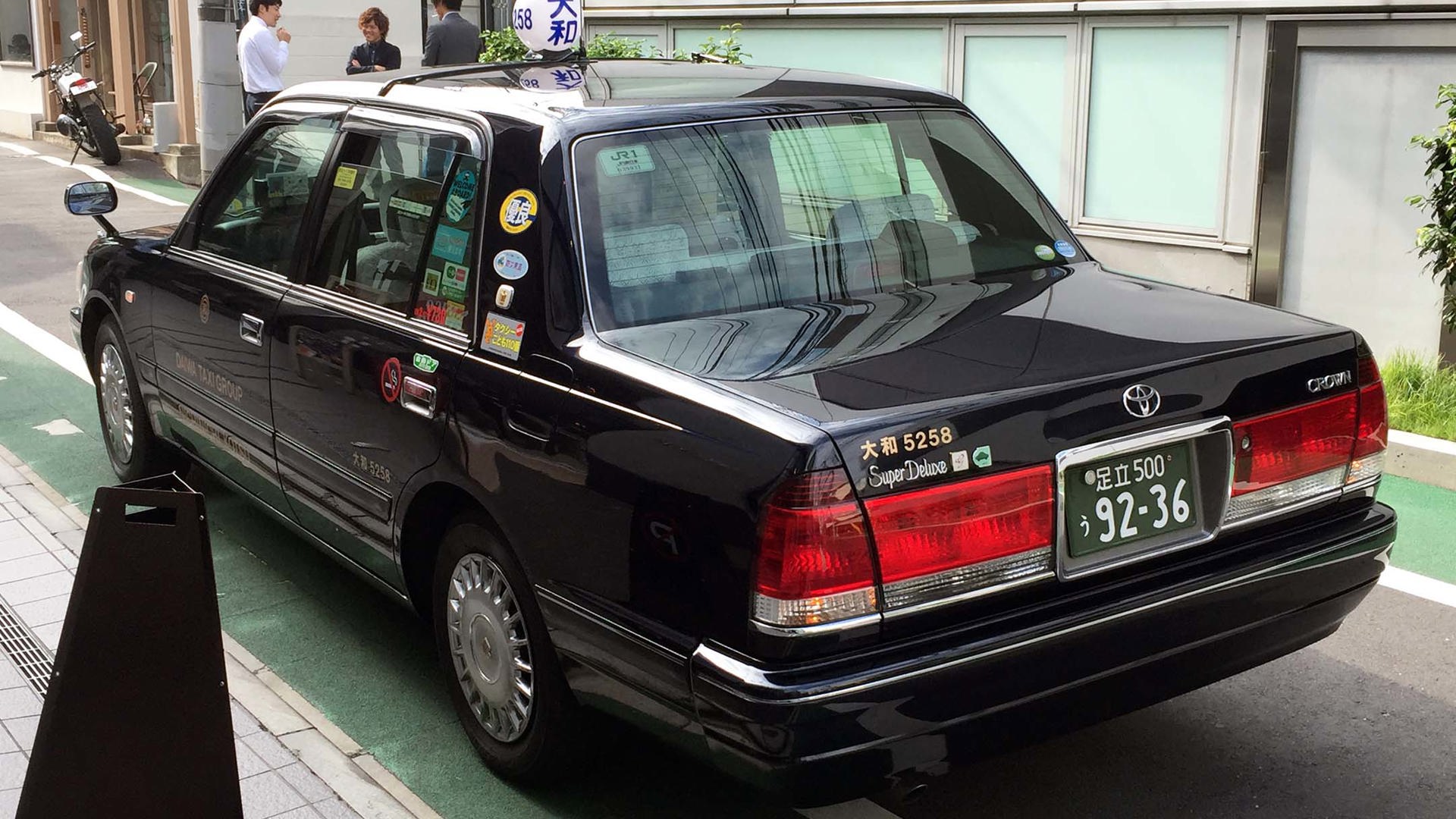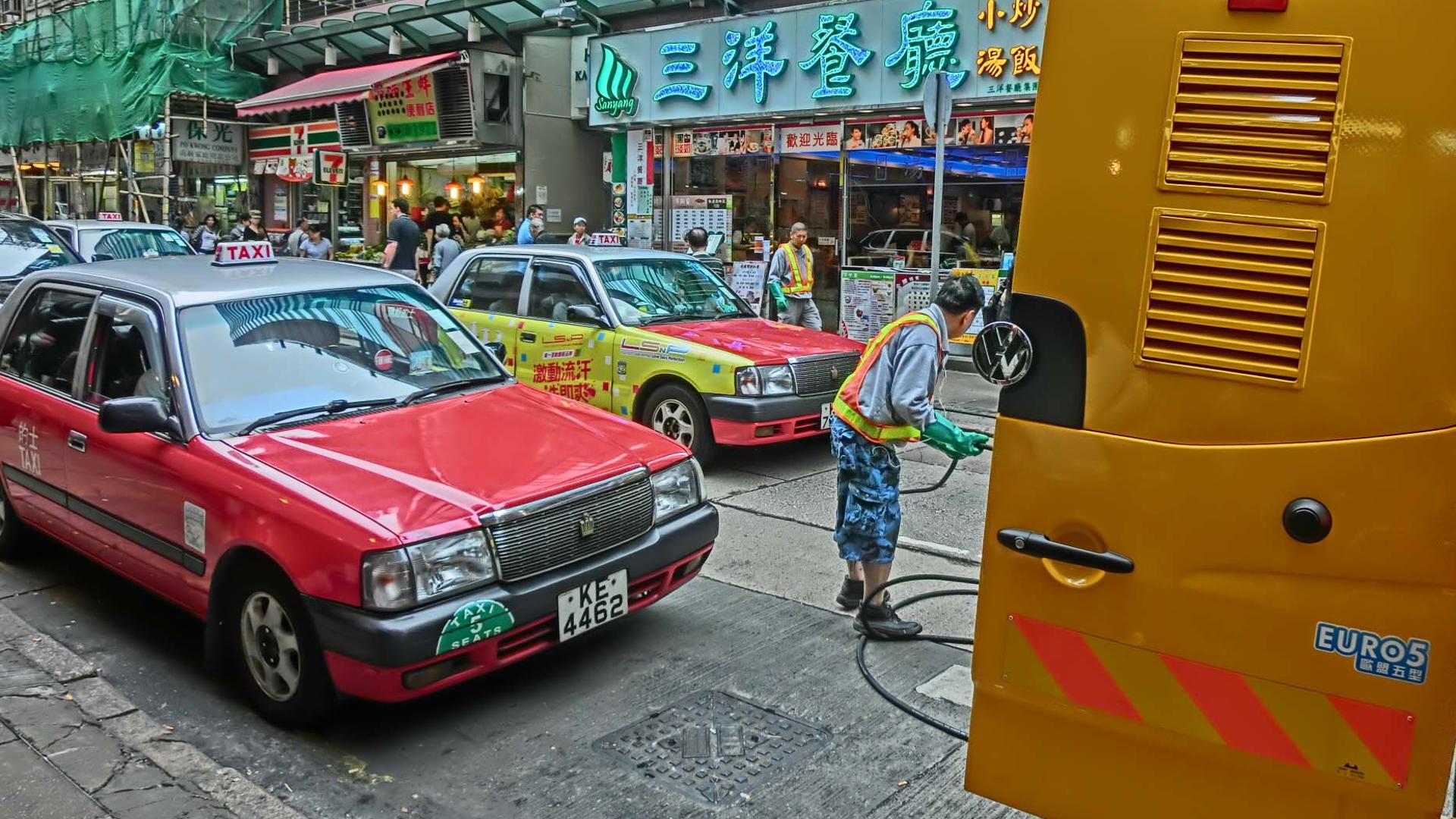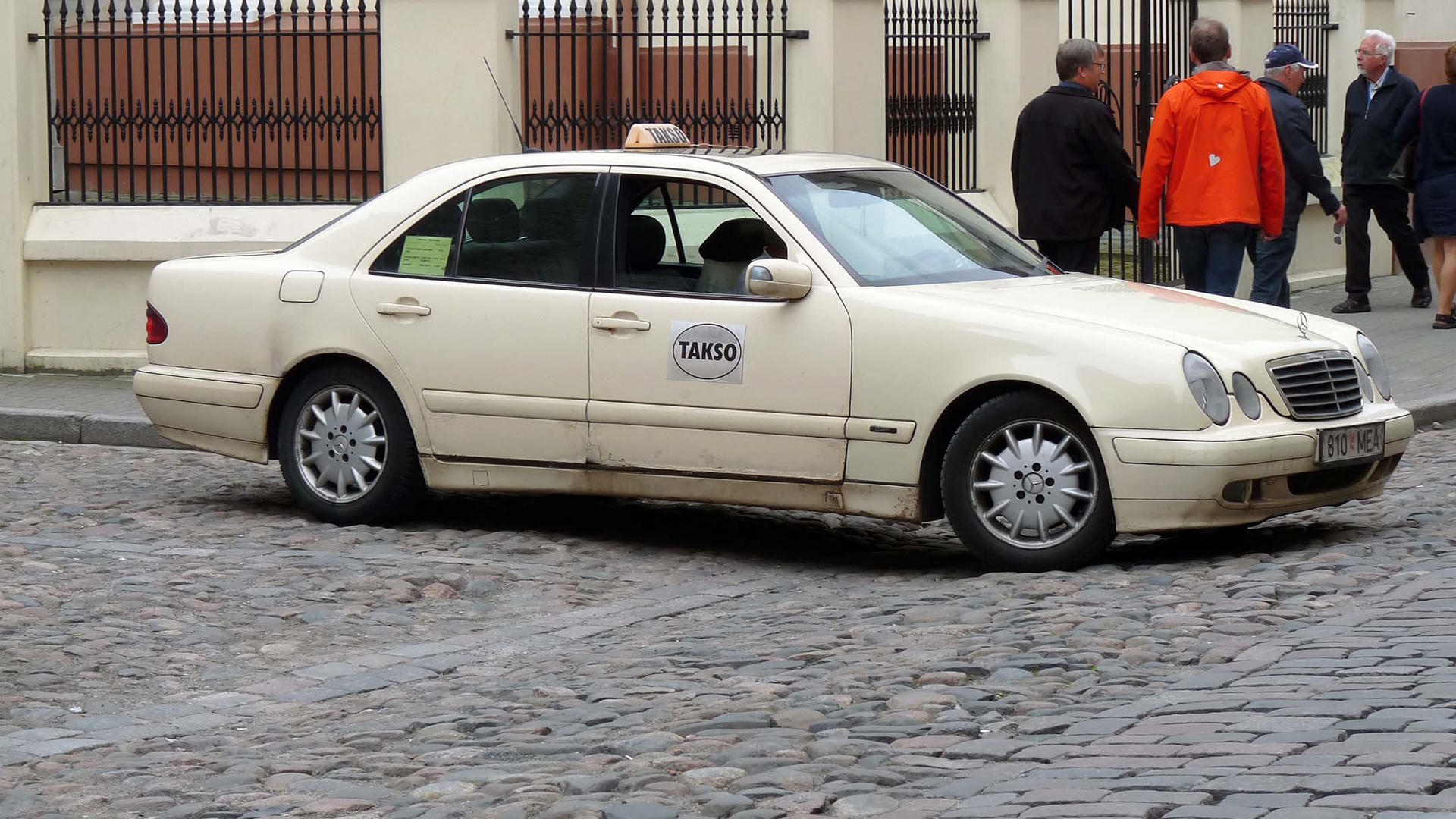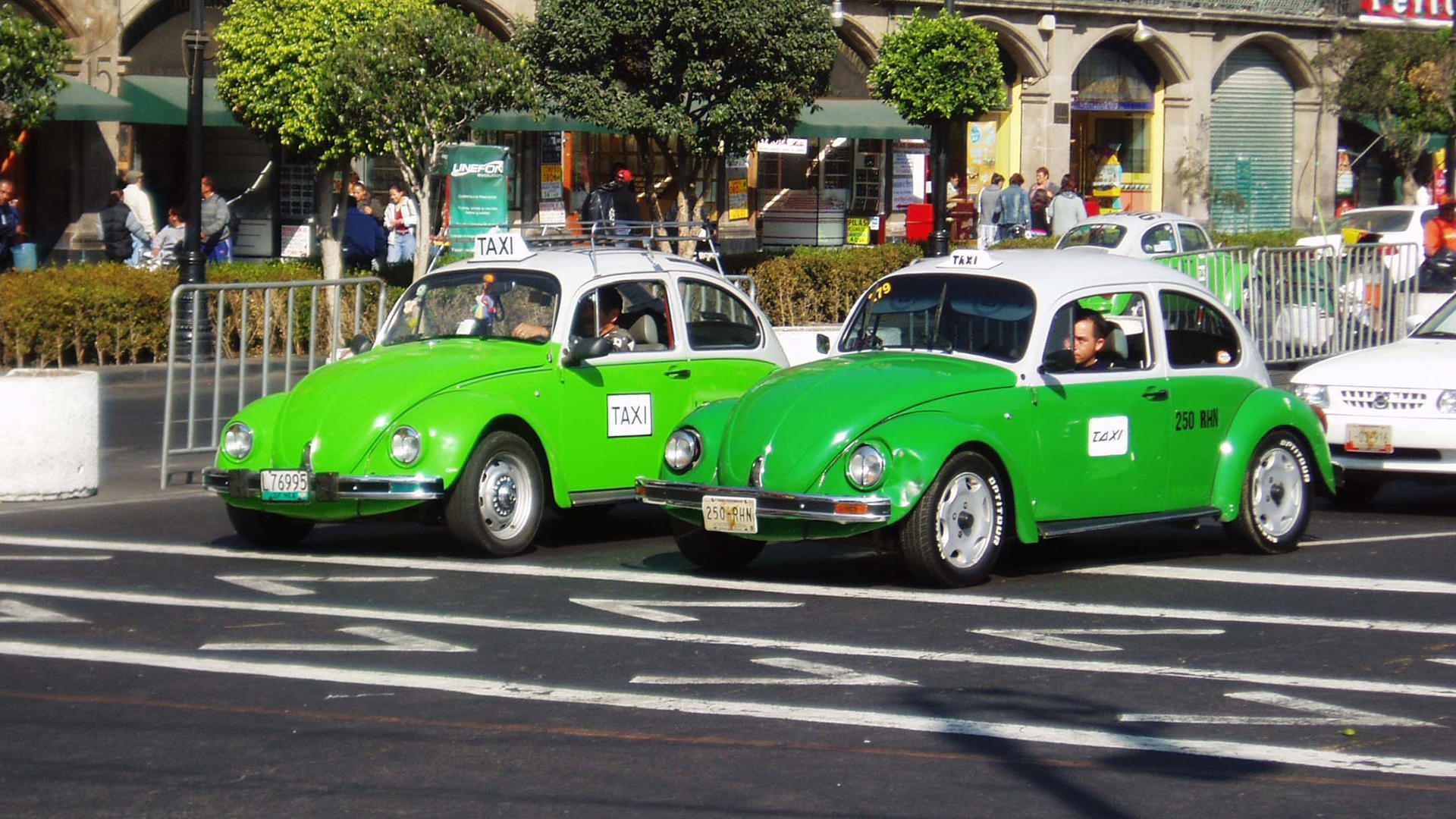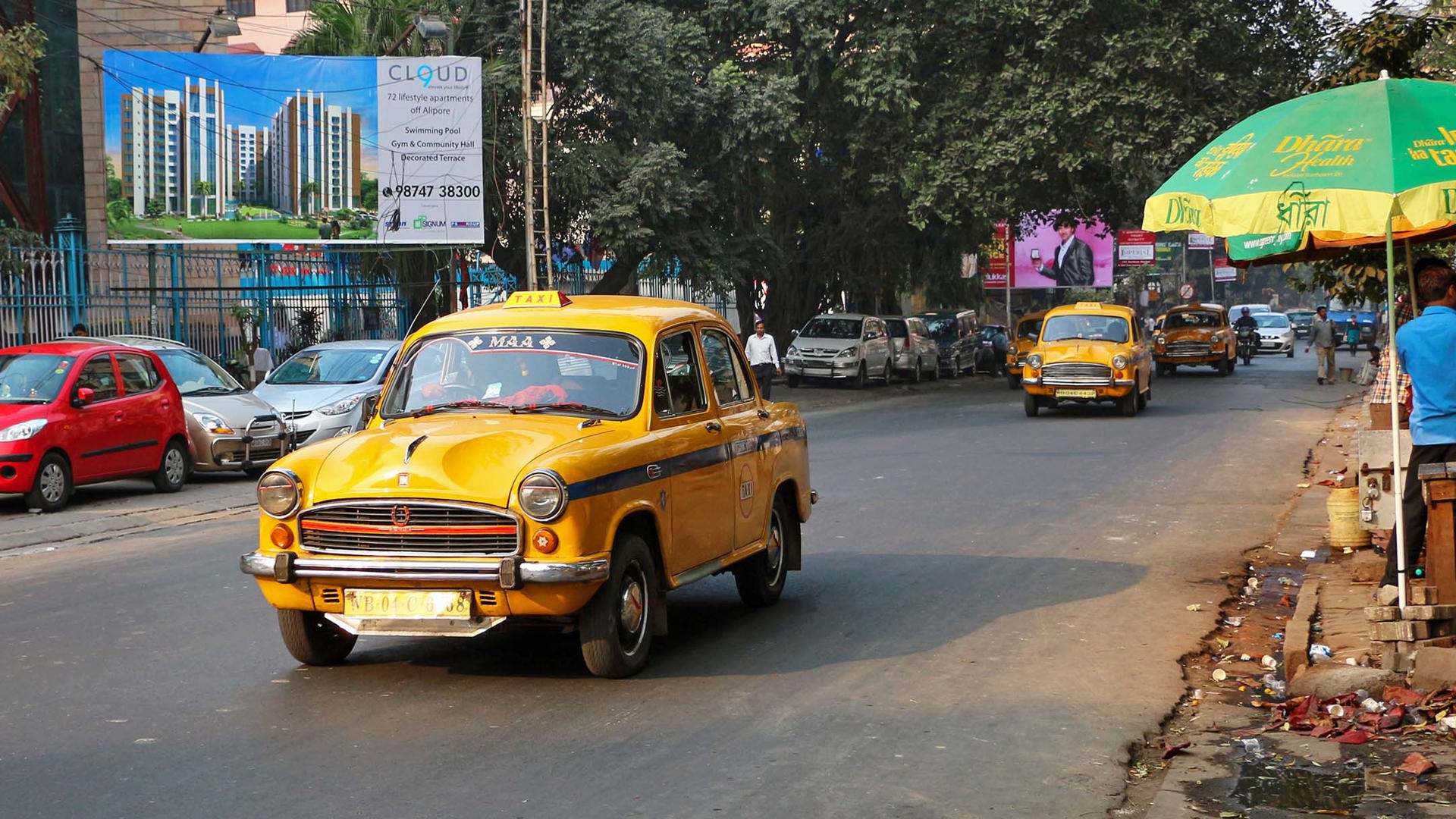Taxis are an indelible a part of any city’s landscape, with some models having become so strongly associated with a given urban area that they can be considered almost as important as the architecture when it comes to identifying a given geographic locale. Immortalized in pop culture, prowling streets both day and night, and adding to the character and flavour of a modern metropolis, taxi cabs help define the character of their environment.
Check out our picks for the world’s most iconic taxi cabs.
Mumbai’s Premier Padmini
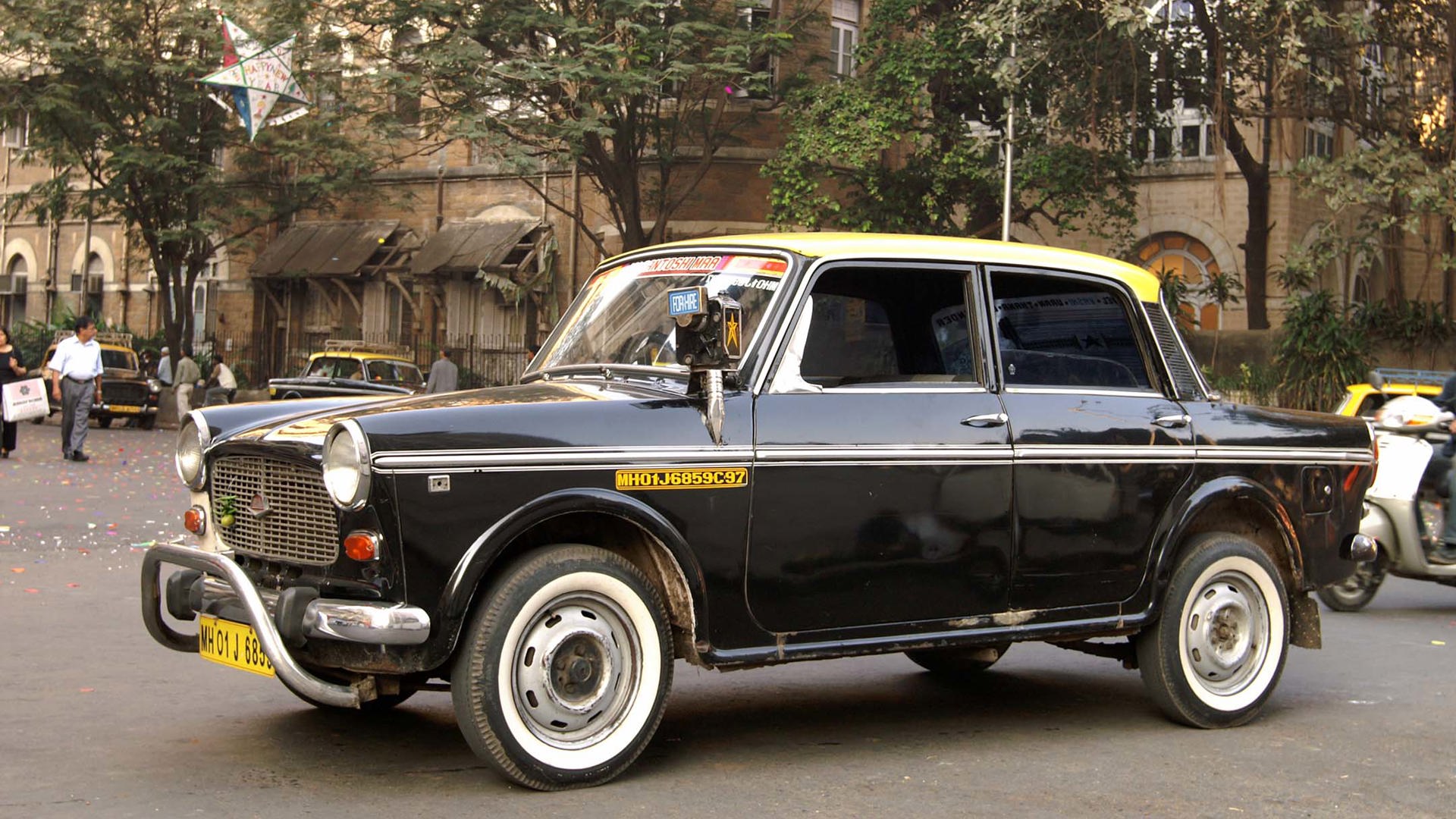
Black with a yellow roof, the Premier Padmini has patrolled Mumbai, India, under various guises since it first went on sale in 1964 as the Fiat 1100 Delight. By 1974 it had been renamed the Premier Padmini and was well on its way to becoming one of the most popular, affordable, and widespread vehicles in the country. Built in Mumbai until the year 2000, the Padmini cabs have dominated that city’s taxi market until recent regulations phasing out automobiles 20 years old or more slowly started to park them permanently on the sidelines, slicing the number of Premiers on the road from nearly 60,000 to just over 1,000.
London’s Black Cab
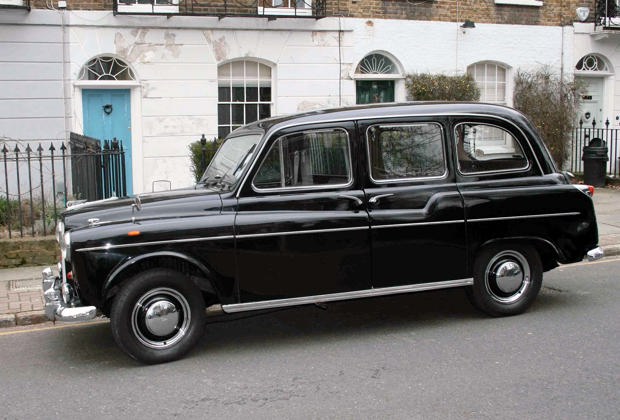
When one thinks of a London Black Cab, the image that springs to mind most quickly is the Austin FX4, that unique four-door wagon that has been a part of the city’s fabric since 1958. Known as the LTI Fairway since the late 80s (and featuring a Nissan engine under the hood after an extensive series of updates), the Black Cab is another victim of age-specific automobile laws intended to help improve air quality. In the case of the Black Cab, it’s London’s decision to erase taxi cabs older than 15 years and replace them with a mix of models including Mercedes-Benz sedans as well as the similarly styled LTI TX4 built by the London Taxi Company (now owned by Geely).
New York’s Yellow Cab
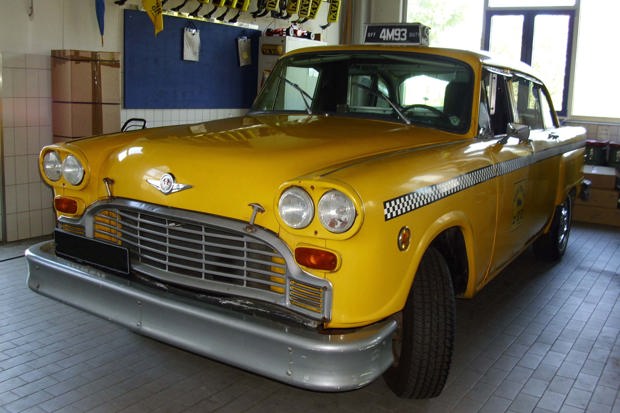
New York’s Yellow Cabs tell another evolutionary tale dictated by shifting city attitudes towards automobile emissions. The Checker A series cab, a purpose-built sedan from Michigan’s Marathon, was the long-time steed of choice for NYC hacks, and it was built from 1958 to 1982 with only small changes in its design. Eventually, the Checker was replaced by the Ford Crown Victoria and the Chevrolet Caprice due to their more modern platforms and inexpensive-to-repair reputations. Nowadays, with the Crown Victoria and the Caprice no longer in production and a series of incentives introduced by the city to favour hybrid vehicles, one is more likely to encounter a yellow Ford Escape Hybrid, Toyota Camry Hybrid, or Toyota Prius when hailing a cab in New York. A plan to replace all existing Yellow Cabs with the “Taxi of Tomorrow” – a version of the Nissan NV200 minivan – is currently being challenged in court.
Bangkok’s Tuk-Tuk
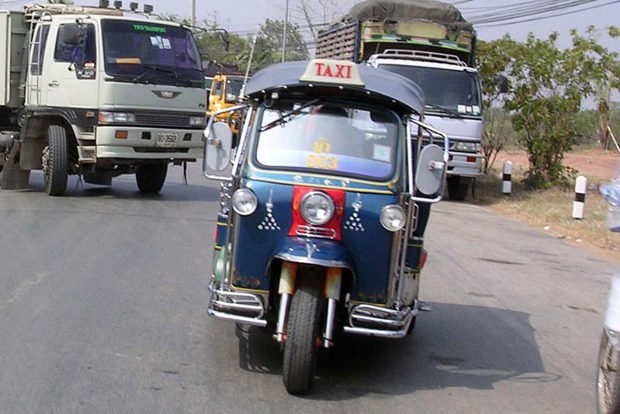
Thailand’s “automated rickshaws” are better known as “tuk-tuks”, and these three-wheeled taxi trikes litter the streets of the country’s capital. Originally imported from Japan from Daihatsu, and named after the sound of their tiny engines, there are close to 10,000 tuk-tuks plying their trade in Bangkok alone. With no doors or side panels, and featuring a small form-factor, tuk-tuks are ideally adapted to Thailand’s hot, busy streets. Most tuk-tuks are now locally made based on the original Daihatsu design, and use a 550 cc engine.
Tokyo’s Toyota Crown
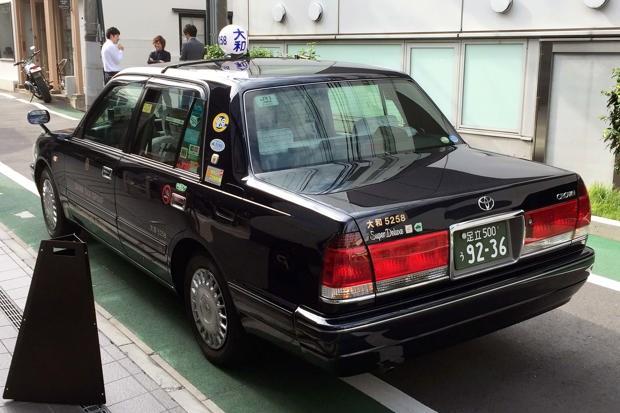
The Toyota Crown has long been such a unique part of Tokyo’s taxi scene that the automaker split off production from its standard line of large sedans in the mid-90s and focussed on creating the Comfort and the long-wheelbase Crown Comfort solely for use in the fleet industry. With their white-gloved drivers and automatically opening side doors, riding in a chauffeured Toyota Crown should be considered a mandatory Tokyo experience for any tourist or business traveller.
Hong Kong’s Red Taxi
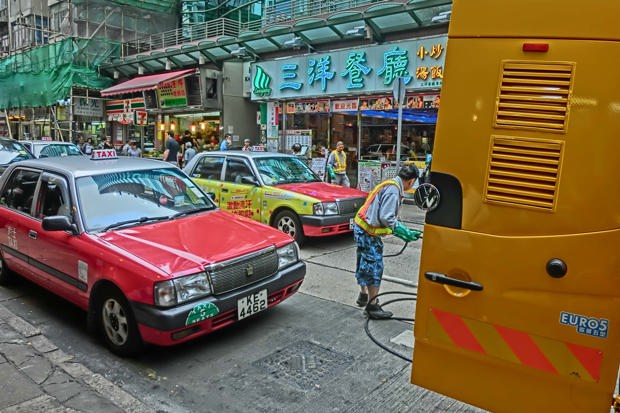
Hong Kong’s Red taxis are the ones you will find charging the highest fares and operating in the largest areas of the city (with green New Territories and blue Lantau taxis covering the rest). Traditionally, the Red taxis have drawn heavily from the Toyota Crown and the similar Nissan Cedric, but the modern fleet is almost entirely shorter-wheelbase Toyota Comfort four-doors.
Europe’s Mercedes-Benz E-Class
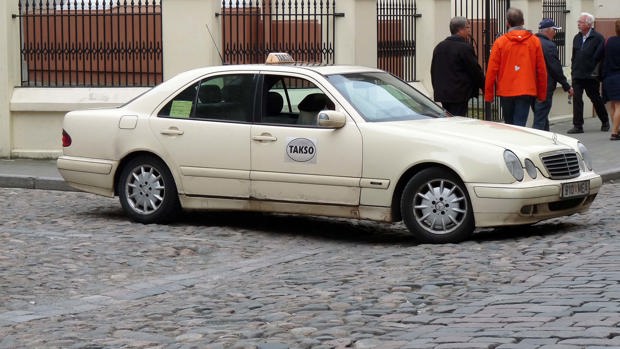
It almost doesn’t matter where you are in Europe: chances are when you hail a cab, it’s going to be a Mercedes-Benz E-Class, and probably, it’s going to be painted beige. Unobtrusive, comfortable, safe, and running high-efficiency diesel engines, more-recent E-Class models and the W124 / W123 / W210 / W211-generation cars that preceded them have enjoyed decades of Euro taxi dominance.
Mexico’s Volkswagen Beetles
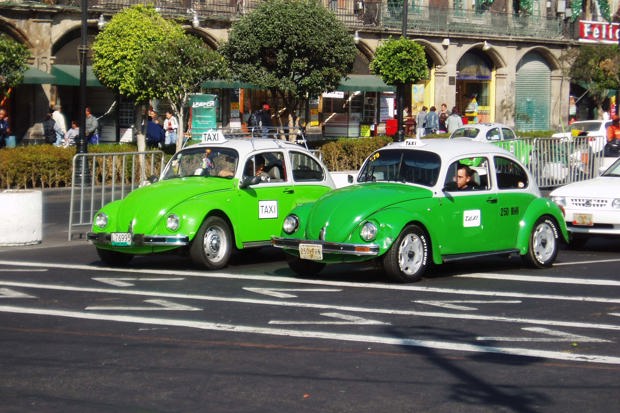
Thanks to a decidedly different attitude towards both emissions and passenger safety, Mexico remained a viable market for the Volkswagen Beetle for close to 25 years after it left VW showrooms in American and Canada. Surprisingly, given their tiny size and two-door design, they also made up roughly 50 percent of the white-and-green taxis in the country’s capital, Mexico City, peaking in the mid-2000s before being “officially” retired in 2012. Cheap to run and easy to fix, the Beetle (known locally as the “Vocho”) has now been out of production for nearly 14 years in Mexico but there are still a few thousand to be found pulling taxi duty today for dedicated owners.
New Delhi’s Hindustan Ambassadors
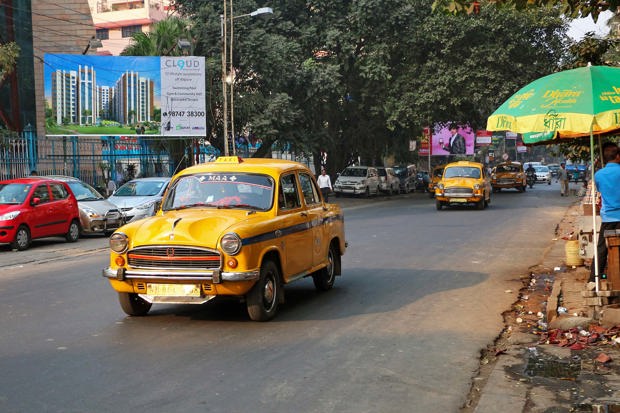
The Hindustan Ambassador, based on the Morris Oxford, was one of the last remaining links between the Dominion and its former colony when it ceased production in 2014. Also known as the “Amby”, the compact Ambassador enjoyed status as an un-killable taxi, a true “Indian” car, and was originally introduced by Hindustan in 1958. Banned for emissions reasons in 2011, Hindustan set to work developing cleaner drivetrains for the Amby, leading to its re-legalization in Kolkata and continued popularity in other Indian cities such as New Delhi.
Cuba’s Mutts
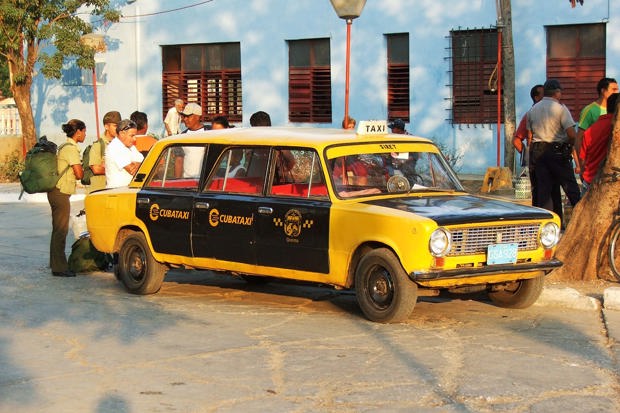
Cuba has a worldwide reputation for inventiveness, much of it resulting from the ban on importation of American goods since the 1950s. With automobiles from that era and before still driving daily in the streets of cities like Havana and Varadero, it’s taken a mishmash of parts, jury-rigged engineering solutions, and sheer creativity to keep the city’s classic taxis on the road. Even newer vehicles imported from China and Russia for taxi duty have seen a substantial amount of customization, making it difficult to tell what exactly you are riding in on any given trip.
